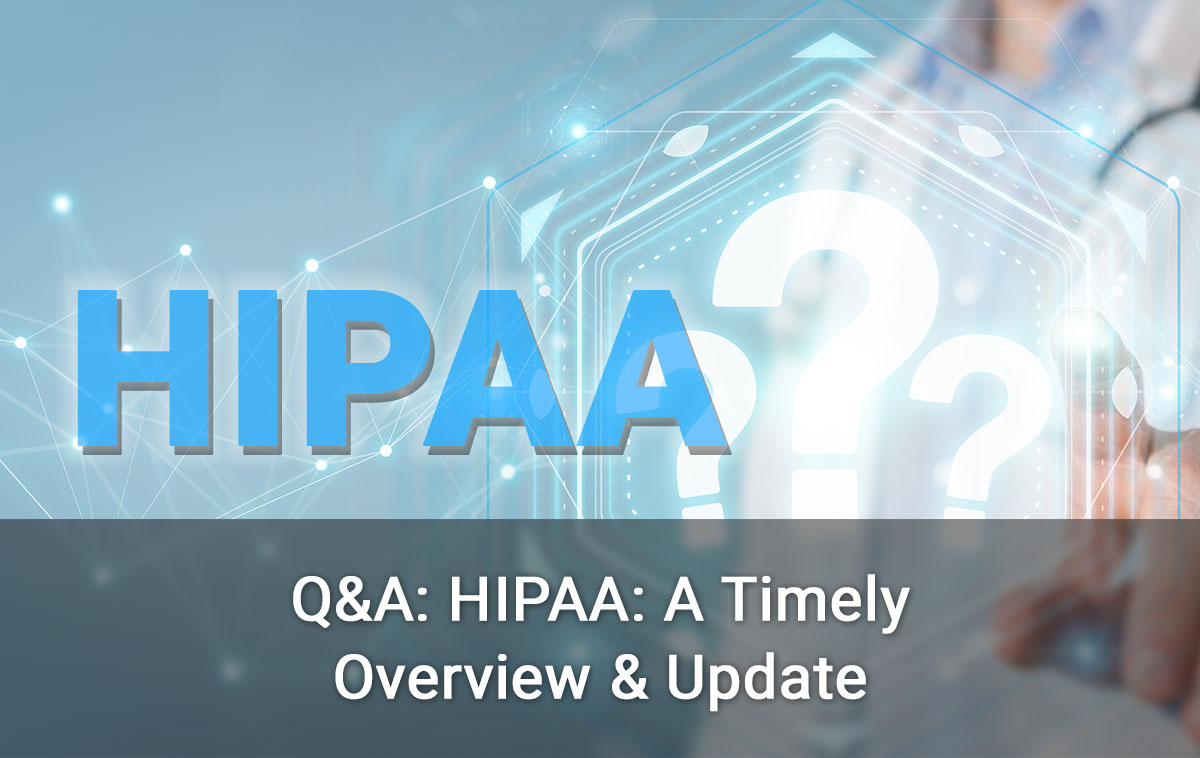ICD-10 – Preparation for Your Practice
The Department of Health and Human Services (HHS) delayed the original compliance date of October 1, 2013 until October 1, 2014, to allow the continued preparation necessary to be ready for the largest transition in our Healthcare reimbursement system.
This transition requires business and system changes in order for the Healthcare reimbursement systems to be able to pay your claims. This will affect claims for all health care services and hospital inpatient procedures performed on or after October 1, 2014. Additionally, not all plans are required to change to the ICD-10 format. Therefore, your practice management software must be able to handle both code sets simultaneously.
The current ICD-9 code set consists of 22,202 codes compared to the new ICD-10 replacement code set which will total 141,453 possible codes.
The ICD-10 format of the coding structure is different from the ICD-9 in the format and number of possible digits. Presently the ICD-9 code set consist of 3 to 5 numeric digits, while ICD-10 codes are 3 to 7 digit alphanumeric codes. The first character is always alpha and additional alpha characters can appear throughout the code. The 7th digit character is used for injuries and external causes and will be used to identify the initial, subsequent or sequela visit. Additionally a valid 7th digit code for fractures could be up to 7 different characters based on the type of fracture and the initial, subsequent or sequela visit.
Although the organization and formatting of the code sets will remain the same, the mapping of the codes from ICD-9 to ICD-10 will not be an easy transition for some specialties. There are no simple crosswalks from ICD-9 to ICD-10 and you will need to review your specific practices ICD-9 utilization to determine the impact that ICD-10 will play in your practice.
It is imperative for you to be aggressively working with your providers, employees, vendors (EHR’s, practice management software and clearinghouses) and insurance carriers to evaluate every aspect of how ICD-10 will impact your practice. You should be working with your carriers to determine when they will be ready for end-to-end testing of your claims.
In final preparation for the transition, it is highly recommended that you secure a line of credit to be available to your practice to help with your overhead expenses, pending the potential delay of payment of your claims effective October 1, 2014.
Cindy Groux, CHBME President Health Care Practice Management, Inc. www.hcpm.net





